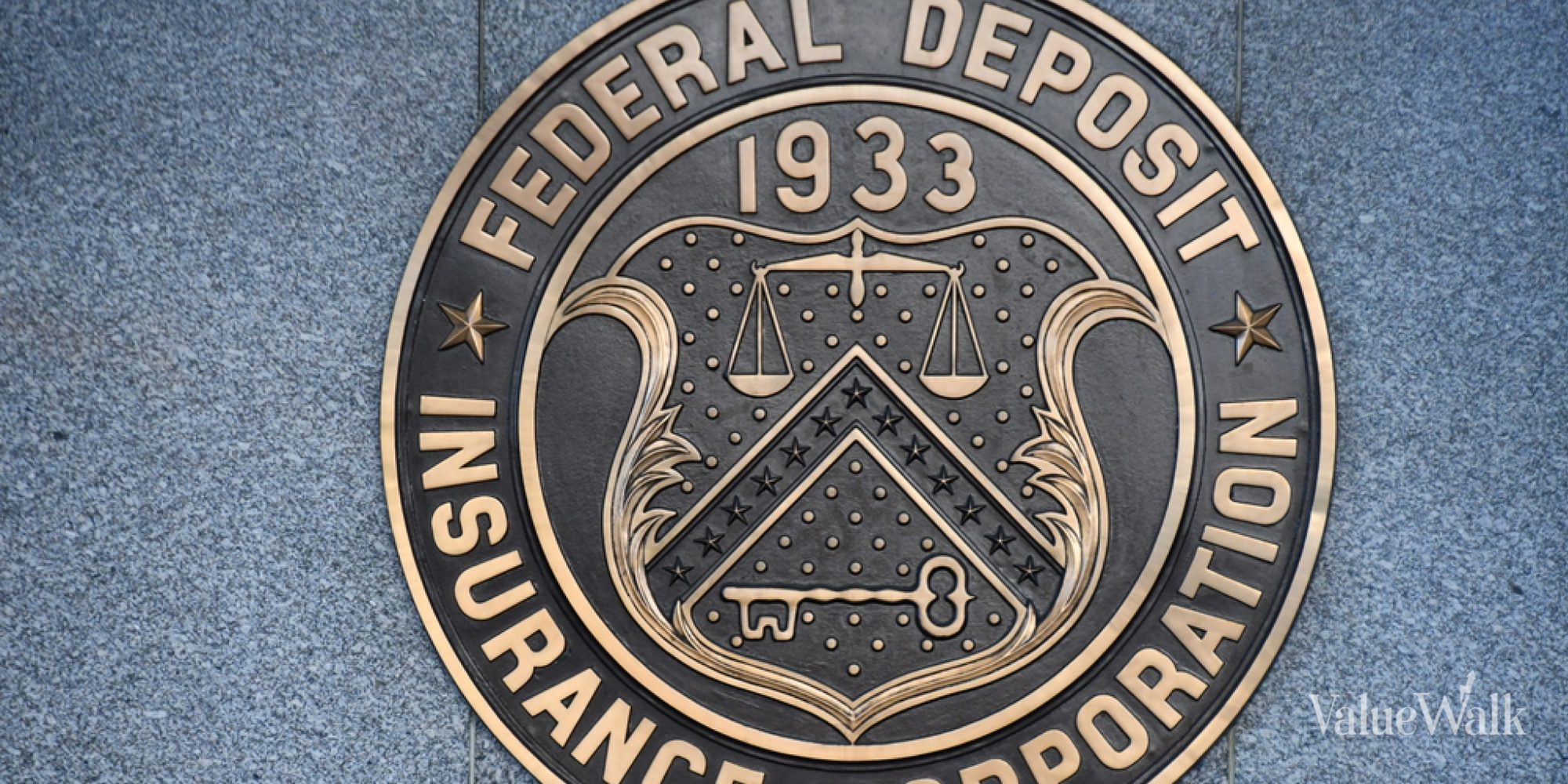McGraw Hill Financial Inc (MHFI): Famous S&P Brand Supports This Dividend Aristocrat by Simply Safe Dividends
McGraw Hill Financial (MHFI) owns one of the most important brands in the financial services market and has grown into a powerhouse provider of mission-critical information.
The company’s many strengths have enabled helped it grow its dividend for more than 25 consecutive years, making it a member of the dividend aristocrats list and a high quality dividend stock we would consider for our Top 20 Dividend Stocks portfolio.
McGraw Hill Financial – Business Overview
McGraw Hill Financial was incorporated in 1925 and has grown to be a major financial data and analytics company that serves many different customers in capital markets and commodity markets such as investment banks, asset managers, insurance companies, stock exchanges, energy traders, automotive executives, and more. Some of McGraw Hill’s famous brands include Standard & Poors (S&P), S&P Capital IQ, Platts, and J.D. Power.
By customer type, McGraw Hill generated 48% of its revenue from corporates, 19% from investment managers, 17% from commercial banks / insurers, and 16% from investment banks.
The company’s business consists of four segments today which generate 40% of their sales outside of the U.S.
S&P Ratings (46% of sales, 52% of segment profit): provides credit ratings, research, and analytics to investors and bond issuers. S&P Ratings has been providing important information for over 150 years to help investors make better decisions and improve companies’ access to capital markets.
S&P Capital IQ and SNL (25% of sales, 14% of segment profit): provides a wide range of research, data, analytics, and tools in the form of desktop and enterprise solutions. Customers such as asset managers, investment banks, and others in the financial markets use them make better investment decisions, track their performance, analyze risk, and more.
S&P Dow Jones Indices (11% of sales, 18% of segment profit): provides global indices that serve as benchmarks for investors. This segment makes money from exchange traded funds (ETFs), derivatives, and index-related licensing fees. It is well positioned to grow from the trend toward passive investing.
Commodities & Commercial (18% of sales, 16% of segment profit): provides analytics, pricing data, and other information to help businesses improve their performance and help markets increase their transparency. Its main brands include Platts and J.D. Power.
Business Analysis
McGraw Hill Financial primarily benefits from its strong brand recognition. Participants in financial markets and executives in commercial markets need extremely reliable, accurate, and trustworthy information to make critical business and investment decisions.
The company’s primary brand, Standard & Poor’s, has been around since 1860, establishing long-lasting customer relationships built on trust and quality. McGraw Hill purchased S&P in 1966 and hasn’t looked back.
In addition to hard-to-replicate brands built on reputation and trust, McGraw Hill’s business benefits from the U.S. Credit Rating Agency Reform Act of 2006 that requires financial market participants to use nationally recognized statistical rating organizations (NRSROs). These are the only ratings agencies that the U.S. Securities and Exchange Commission permits other financial companies to depend on for regulatory purposes.
There were only 10 NRSROs as of December 2015, which limits competition and helps McGraw Hill maintain strong market share and profitability. Registration with the government is very difficult, and new players have no reputation built up, which keeps barriers to entry high for the company’s S&P Ratings segment.
McGraw Hill Financial’s business model is also very attractive. The company primarily makes money based on subscriptions, which accounted for 61% of total revenue last fiscal year and provide a substantial base of recurring revenue.
Customers need McGraw Hill’s data and services to continue their operations, which makes this part of the business very sticky. As an example, the SNL business McGraw Hill recently acquired has a 94% renewal rate. Recurring subscriptions help smooth out results and continue delivering free cash flow when the company’s transaction based revenue (e.g. bond issuance) takes a dip.
Management has also taken steps over the last several years to refocus the business on its strengths in the financial services market and is even looking to change the company’s name to S&P Global to better reflect this shift. The company sold its education publishing business in 2013 for $2.4 billion and is currently looking to sell its J.D. Power business as well.
In addition to divestitures, McGraw Hill Financial has actively acquired companies that fit its strategy. Most recently, the company acquired SNL Financial for $2.2 billion in 2015. SNL is a major news and data services provider that serves the financial, real estate, energy, media, and metals & mining sectors.
This deal will help McGraw Hill offer a more compelling bundle of services to its existing customers. SNL’s services largely complement McGraw Hill’s S&P Capital IQ business and widen the reach of its Platts business in commodities markets. McGraw Hill also has plenty of opportunity to expand SNL’s services overseas (over 90% of its revenue was from the Americas at the time of the acquisition).
McGraw Hill’s growth should benefit as it continues assembling a portfolio of assets that can be cross-sold to existing customers, increase switching costs, generate higher deal values, and scale easily.
McGraw Hill’s Key Risks
McGraw Hill is sensitive to financial markets, which drive the performance of many of its clients and impact the amount of business it conducts. One of the bigger risks that could occur over the next several years would be a slowdown in the number of bonds issued, which would dent demand for the company’s ratings services.
Low interest rates around the world have resulted in a surge in borrowing by practically every type of company, and this environment is unlikely to prove sustainable. If less debt is issued in future years, there will be fewer securities for S&P to rate to make money on. We are already starting to see this effect as McGraw Hill noted that bond issuance fell by 22% during its fourth quarter and caused its S&P Ratings segment to decline by 7%.
Additionally, the company would be hurt in the event of a bear market or another financial crisis. McGraw Hill’s reputation took a hit along with the other ratings agencies during the last recession as many high-rated pieces of subprime debt issued during the housing boom went bust. This dented trust in the company and could happen again.
Volatile financial markets are also less favorable environments for companies to issue debt in, and financial clients such as investment banks and asset managers have less money to spend when M&A deal volumes fall, trading volumes drop, and assets under management decline in value. These are all bad things for McGraw Hill’s business in the near-term, although they arguably have little impact on the company’s long-term earnings power.
Finally, it’s worth mentioning that longer term, the greater availability and affordability of data is likely to remain a theme. Information is becoming cheaper and easier to access every day. Depending on how this plays out, it could begin to erode some of McGraw Hill Financial’s competitive advantages, although for now it seems extremely unlikely that its customers would have a trusted, deep enough alternative to consider.
Dividend Analysis: McGraw Hill
We analyze 25+ years of dividend data and 10+ years of fundamental data to understand the safety and growth prospects of a dividend. MHFI’s long-term dividend and fundamental data charts can all be seen by clicking here.
Dividend Safety Score
Our Safety Score answers the question, “Is the current dividend payment safe?” We look at factors such as current and historical EPS and FCF payout ratios, debt levels, free cash flow generation, industry cyclicality, ROIC trends, and more. Scores of 50 are average, 75 or higher is very good, and 25 or lower is considered weak.
McGraw Hill’s dividend is extremely safe as indicated by the company’s Dividend Safety Score of 83. The company’s earnings payout ratio over the last 12 months is 32%, which is relatively low and provides management with plenty of flexibility to keep paying and growing the dividend. Over the last decade, McGraw Hill Financial’s earnings payout ratio has also remained near 30%, which means the company’s dividend growth has been sustainably fueled by earnings growth.
While McGraw Hill’s low payout ratio is a plus, its sales are sensitive to broader health of financial markets. When capital markets decline in value, fewer bonds are issued and many clients are less willing to spend money on new data, tools, and analytics. As a result, we can see that MHFI’s business did not fare too well during the financial crisis.
Source: Simply Safe Dividends
Importantly, McGraw Hill Financial has generated free cash flow in each of the last 10 years. Free cash flow is needed to pay dividends, repay debt, repurchase shares, and fund acquisitions. Companies with strong business models generate consistent free cash flow, and McGraw Hill is no exception. The company’s businesses are very scalable and require little incremental capital to grow, generating plenty of cash.
Source: Simply Safe Dividends
The company’s strong brands, capital-light operations, and valuable information have allowed it to achieve exceptional returns on invested capital over the past year. Even during the financial crisis McGraw Hill achieved a return of at least 17%. Businesses with high returns and plenty of opportunities for growth can grow their earnings and dividends faster.
Source: Simply Safe Dividends
McGraw Hill Financial’s balance sheet is in good shape and further bolster’s its Dividend Safety Score. The company has about $1.5 billion in cash compared to $3.6 billion in debt and could cover its debt with cash and 1.1 years’ of earnings before interest and taxes (EBIT). Its interest coverage ratio is also a very healthy 18.8.
Source: Simply Safe Dividends
McGraw Hill’s dividend is very safe. The company’s low payout ratio, strong cash flow generation, recurring revenue, and healthy balance sheet make it a rock solid dividend payer.
Dividend Growth Score
Our Growth Score answers the question, “How fast is the dividend likely to grow?” It considers many of the same fundamental factors as the Safety Score but places more weight on growth-centric metrics like sales and earnings growth and payout ratios. Scores of 50 are average, 75 or higher is very good, and 25 or lower is considered weak.
McGraw Hill Financial’ s Dividend Growth score of 53 is about average. The company is a member of the dividend aristocrats list and has increased its dividend by 7.2% per year over the last decade. Most recently, management raised the company’s quarterly dividend by 9% in January 2016.
With an earnings payout ratio near 30%, healthy recurring revenue, and potential for decent growth going forward, we believe McGraw Hill can continue increasing its dividend at a mid-single digit rate barring a collapse in bond issuance or broader capital markets.
Valuation
MHFI’s stock trades at 18.4x forward earnings estimates and has a dividend yield of 1.5%, which is roughly in line with its five-year average dividend yield of 1.6%.
The company’s diluted earnings per share have compounded by 9.7% per year over the last five years, and we expect a high-single digit rate of growth to continue. Under this assumption, McGraw Hill’s total return potential appears to be close to 10% per year. We believe the stock is fairly priced today.
Conclusion
McGraw Hill is a blue chip dividend stocks that has many hard-to-replicate businesses and brands. We like the company’s strong base of recurring revenue, but it’s hard to get comfortable with the risk of slowing bond issuance trends. We would ultimately prefer to buy this stock if it was weakened considerably more by growing macro concerns, which are enough to keep us on the sidelines for now.






